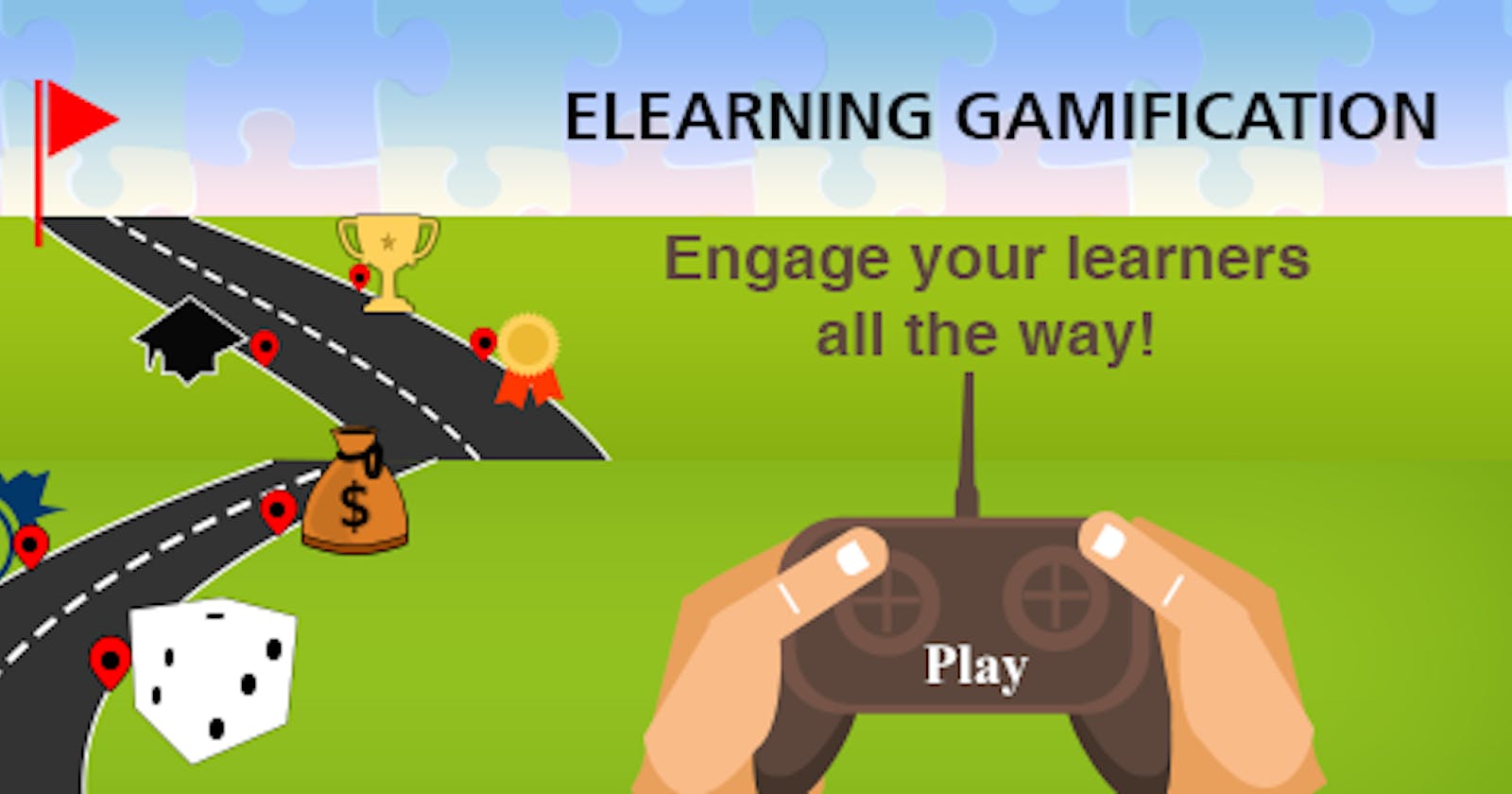In the world of eLearning, gamification has emerged as a powerful strategy to enhance learner engagement and motivation. By incorporating game elements into the learning process, such as challenges, levels, and points, eLearning gamification transforms education into an immersive and enjoyable experience. One crucial aspect of gamification that fuels learner motivation is the strategic use of rewards and recognition. In this article, we will explore the role of rewards and recognition in eLearning gamification and how they contribute to learner success and engagement.
Motivation and Engagement:
Rewards and recognition serve as powerful motivators in eLearning gamification. They tap into the innate human desire for achievement and progress. When learners receive rewards, such as virtual badges, points, or levels, it triggers a sense of accomplishment and boosts their motivation to continue progressing in the course. Similarly, recognition, whether through leaderboards, certificates, or public acknowledgment, fosters a sense of competition and drives learners to excel. These rewards and recognition mechanisms create a positive feedback loop, keeping learners engaged and invested in their learning journey.
Intrinsic and Extrinsic Motivation:
Rewards and recognition in eLearning gamification can be categorized into two types of motivation: intrinsic and extrinsic. Intrinsic motivation comes from within the learner and is driven by personal satisfaction and curiosity. Extrinsic motivation, on the other hand, stems from external factors like rewards and recognition. Both types play a crucial role in eLearning gamification. While intrinsic motivation fuels long-term engagement and a love for learning, extrinsic motivators provide short-term boosts and reinforce desired behaviors. By carefully balancing intrinsic and extrinsic motivators, eLearning designers can create a holistic gamified experience that drives sustained learner engagement.
Immediate Feedback and Reinforcement:
Rewards and recognition in eLearning gamification offer immediate feedback and reinforcement, which is vital for effective learning. Traditional learning methods often lack timely feedback, leading to a disconnect between effort and outcome. However, in gamified eLearning, learners receive immediate rewards and recognition for completing tasks, achieving milestones, or mastering new skills. This instant feedback reinforces the learning process, allowing learners to recognize the direct correlation between their efforts and the outcomes. Such reinforcement encourages learners to persist, try harder, and further explore the learning content.
Enhancing Knowledge Retention:
Rewards and recognition play a significant role in enhancing knowledge retention in eLearning gamification. When learners associate rewards with successful completion of tasks or mastery of specific concepts, it creates a stronger memory link. The anticipation of receiving a reward or recognition triggers the brain's reward system, releasing dopamine—a neurotransmitter associated with pleasure and motivation. This dopamine release enhances memory formation, making the learning experience more memorable and the acquired knowledge more likely to be retained.
Social Engagement and Collaboration:
Rewards and recognition mechanisms in eLearning gamification foster social engagement and collaboration among learners. Leaderboards, badges, and other forms of recognition encourage healthy competition and peer-to-peer interaction. Learners can compare their progress, celebrate achievements, and even collaborate to overcome challenges. This social aspect enhances the overall learning experience by promoting a sense of community, camaraderie, and shared goals. By leveraging rewards and recognition, eLearning gamification transforms a solitary learning journey into a collaborative and engaging adventure.
Conclusion:
Rewards and recognition are integral components of eLearning gamification that drive learner motivation, engagement, and knowledge retention. By leveraging both intrinsic and extrinsic motivators, eLearning designers can create immersive learning experiences that captivate learners and inspire them to excel. With immediate feedback, reinforcement
